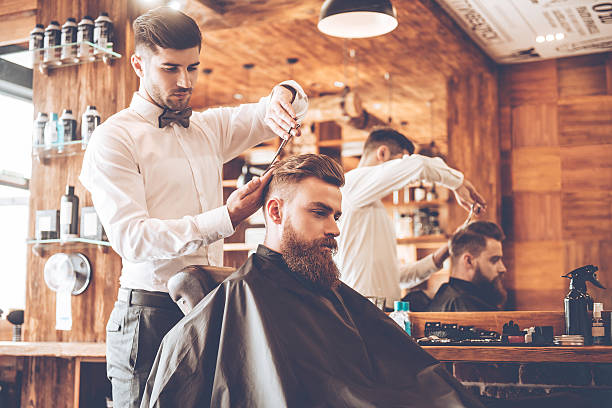In the ever-evolving landscape of the beauty industry, the role of hairstylists extends beyond mere haircutting and styling; it becomes a cultural exchange and a celebration of diversity. Spanish-speaking stylists bring a unique flair to this dynamic field, combining their expertise with a deep understanding of the diverse beauty traditions that enrich our global community. In this article, we will explore the significance of Spanish-speaking stylists, the cultural influence they bring, and the impact they make in creating inclusive and vibrant beauty spaces.
Bridging Language Barriers:
For many individuals whose primary language is Spanish, communication is key to a successful salon experience. Spanish-speaking stylists play a crucial role in breaking down language barriers, ensuring clients can articulate their desires and preferences accurately. This linguistic bridge creates a sense of comfort and connection, fostering a trusting relationship between the stylist and the client.
Cultural Sensitivity and Understanding:
Beyond language, Spanish-speaking stylists often bring a cultural sensitivity that goes beyond just technical skills. They understand that beauty standards vary across cultures, and their ability to appreciate and incorporate diverse styles is a valuable asset. This cultural understanding creates a space where clients feel seen, heard, and celebrated, contributing to a positive and empowering beauty experience.
Celebrating Diversity in Hairstyling:
Spanish-speaking stylists often draw inspiration from a rich tapestry of cultural influences. Whether it’s incorporating traditional styles, adapting contemporary trends, or experimenting with fusion looks, these stylists bring a unique perspective to the hairstyling chair. Clients have the opportunity to explore hairstyles that resonate with their cultural identity, fostering a sense of pride and connection.
Building Trust through Shared Experiences:
The salon is more than just a place for beauty transformations; it is a space for connection and shared experiences. Spanish-speaking stylists can create a sense of camaraderie with clients who share a common language and cultural background. This shared experience enhances the client-stylist relationship, contributing to a comfortable and enjoyable salon environment.
Fostering Inclusivity in Beauty Spaces:
The presence of Spanish-speaking stylists contributes significantly to the inclusivity of beauty spaces. It sends a powerful message that beauty is diverse, and everyone’s unique characteristics are not only acknowledged but celebrated. In an industry that thrives on creativity and expression, the contributions of Spanish-speaking stylists play a vital role in shaping a more inclusive beauty narrative.
Empowering the Next Generation:
Spanish-speaking stylists serve as inspirations and mentors for aspiring beauty professionals within the Hispanic community. By seeing individuals who share their cultural background succeed in the beauty industry, aspiring stylists are empowered to pursue their dreams and contribute their unique perspectives to the evolving world of beauty.
Conclusion:
Spanish speaking stylist are not just hairstylists; they are cultural ambassadors, language facilitators, and champions of diversity in the beauty realm. Their influence extends far beyond the styling chair, contributing to a more inclusive and culturally rich beauty industry. As the world of beauty continues to evolve, the impact of Spanish-speaking stylists serves as a reminder that beauty is a universal language, and every client deserves to feel seen, understood, and celebrated in the salon.


